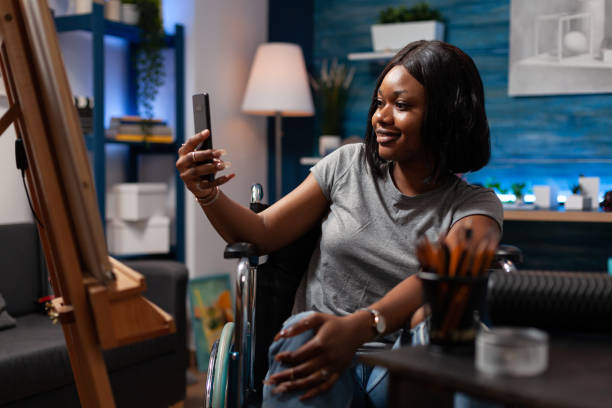Calls for inclusion are becoming louder, but do we understand what it is to be inclusive – in society and within the community networks?
What is Inclusion?
Inclusion is the sense of belonging, of being welcomed, respected, and valued within a given space. It is about ensuring everyone has the same opportunities to participate in every aspect of life to the best of their abilities and desires, to realise their rights, and to enjoy their freedom fully.
You just realised that disability is not mentioned in the above definition. This is because inclusion is a universal concept. And we all need to belong and be wherever and whenever we want within the provisions of human rights and freedoms. This means that persons with disabilities have equal opportunities to participate in every aspect of life, just like everyone else.
Implementing Inclusion
The UN Department of Economic and Social Affairs recognises the need for inclusion. It has outlined eight guiding principles based on the CRPD (Convention on the Rights of Persons with Disabilities) guidelines, and they include:
- Respect for inherent dignity,
- Individual autonomy,
- Non-discrimination,
- Complete and adequate participation and inclusion in society,
- Respect for difference and acceptance of persons with disabilities as part of human diversity and humanity,
- Equality of opportunity,
- Accessibility,
- Equality between men and women,
- Respect for the evolving capacities of children with disabilities,
- Respect for the right of children with disabilities to preserve their identities.
This Disability Inclusion Strategy is the foundation for sustainable and transformative progress in disability inclusion across all aspects of the United Nations’ work. It is open and can be borrowed or used as terms of reference by any organization.
The strategy outlines a human rights focus, reaffirming that the full realisation of human rights for all persons with disabilities is integral to human rights and fundamental freedoms.
From the digital perspective, inclusion can be realized by adopting the following recommendations from the 2021 CIPESA report on Assessing the Barriers to Accessing ICT by People with Disability in Kenya. To ensure and implement digital accessibility, the government and other governing bodies should consult with disability rights organisations and persons with disabilities on national development issues. Further, they should allocate more funding towards the education needs of persons with disabilities and promote more access to affordable assistive devices and technologies.
Lastly, these stakeholders need to stimulate the introduction of ICT-enabled solutions for people with disabilities, implement programs to enhance their access to ICT, and ensure that all e-government and emergency services comply with international web accessibility standards.
Disability is part of humanity
The world needs to understand that disability is not a problem that requires a solution. Instead, it is a part of human diversity that needs to be acknowledged, appreciated, and celebrated. It is time to move beyond the disability models that view individuals with disabilities as broken and in need of fixing.
We need to create a world that values diversity, recognises the contributions of individuals with disabilities, and empowers them to lead fulfilling lives. A world that is accessible and inclusive.
There are numerous ways to foster inclusivity in society, and the digital realm provides even more opportunities. But let’s start small, and what better place to start than with our community networks? These networks have immense potential for promoting inclusivity and are among the most effective agents in advancing social equality.
Stay tuned for our upcoming blog posts, where we’ll explore this topic further!
Nicodemus Nyakundi is the Digital Accessibility Program Officer at KICTANet. He has a background in Information Technology and is passionate about digital inclusivity.
![]()




